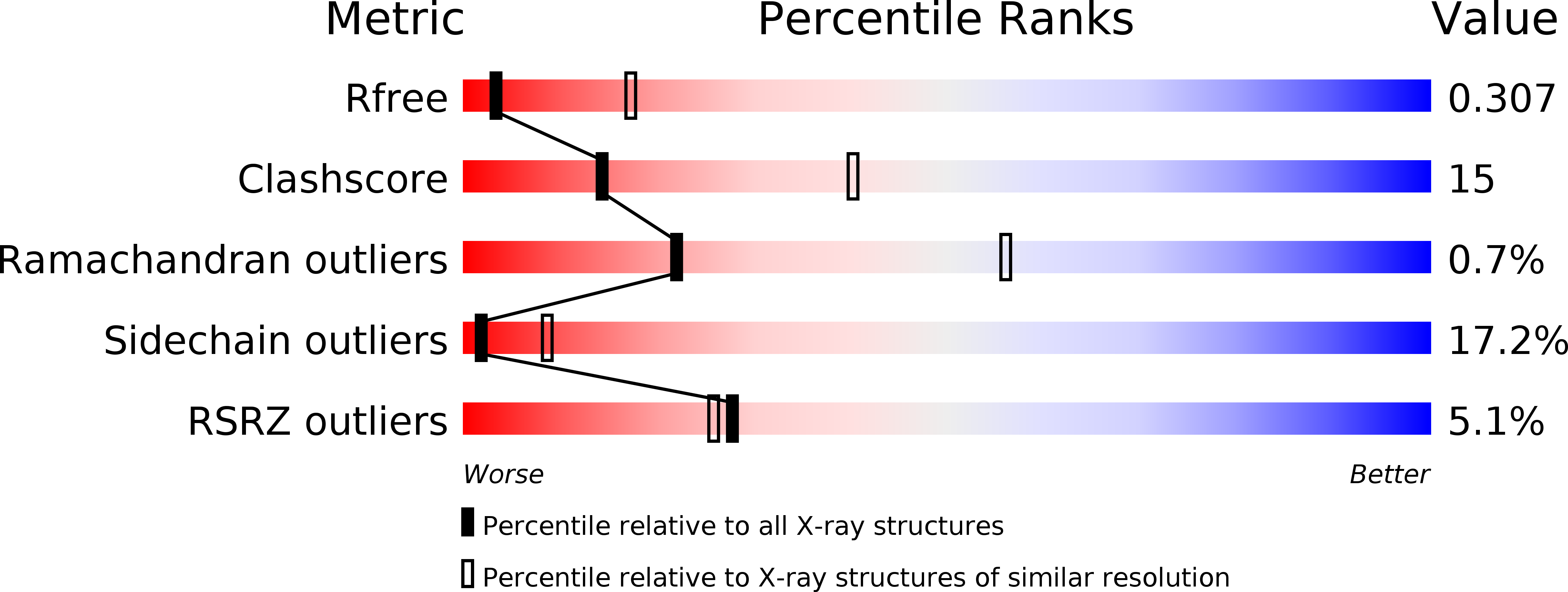
Deposition Date
2014-01-16
Release Date
2014-03-05
Last Version Date
2024-11-20
Entry Detail
PDB ID:
4OH3
Keywords:
Title:
Crystal structure of a nitrate transporter
Biological Source:
Source Organism:
Arabidopsis thaliana (Taxon ID: 3702)
Host Organism:
Method Details:
Experimental Method:
Resolution:
3.25 Å
R-Value Free:
0.30
R-Value Work:
0.23
R-Value Observed:
0.23
Space Group:
C 2 2 21


